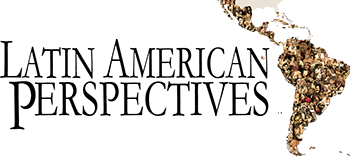The Urban Informal Economy Revisited
by Ray Bromley and Tamar Diana Wilson
One of the most cited definitions of the informal economy is “a process of income generation characterized by one central feature: it is unregulated by the institutions of society, in a legal and social environment in which similar activities are regulated” (Castells and Portes, 1989: 12). Among those the International Labour Organization (ILO) (2013: 3) identifies as being part of the informal economy are those who work in the informal sector as employers and employees in informal enterprises and as self-employed workers. Also included are those who labor outside the informal sector and are informally employed in formal firms or as domestic workers, not covered by labor law protections. The employees in the informal economy also include unpaid family workers, whether employed in informal enterprises or in formal firms or in domestic service.
For decades there have been debates over whether the informal economy is procyclical, expanding as the capitalist economy expands, or countercyclical, contracting as that economy expands. Both things may be happening, depending on which part of the informal economy is under scrutiny: the informally self-employed or informalized wage workers in either informal or formal enterprises (FORLAC, 2015: 2). For example, informal microenterprises that market their products directly to customers or retail outlets may show countercyclical tendencies, whereas informal microenterprises that are subcontracted by large businesses, whether national or multinational, may show procyclical tendencies. More domestic workers may be employed when the economy expands, whereas self-employment in artisanal work and vending may expand when waged employment dries up.
CONTINUE READING THE FULL ARTICLE HERE


No comments:
Post a Comment